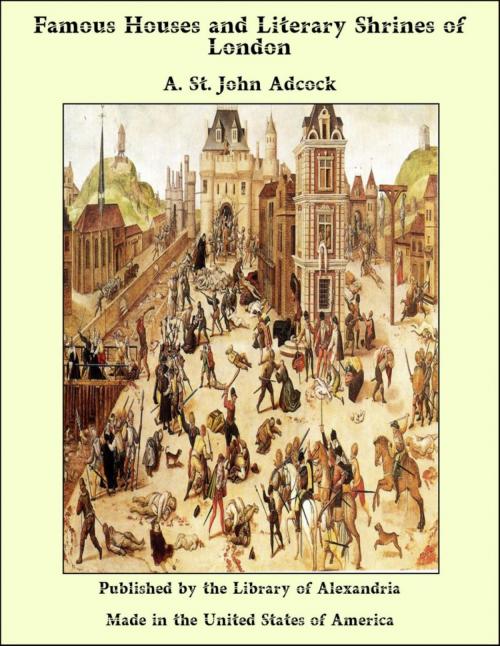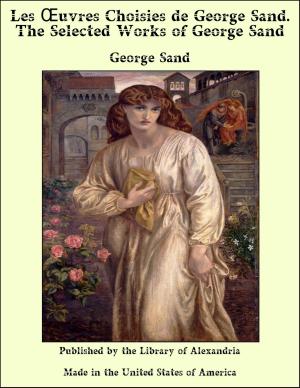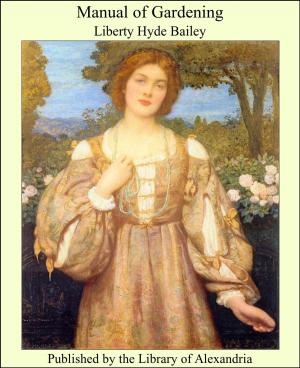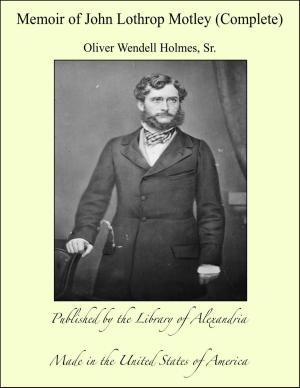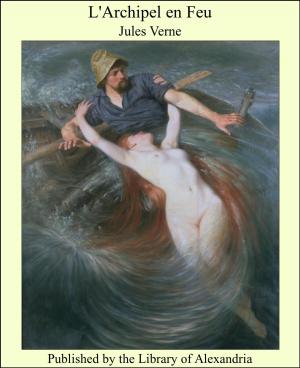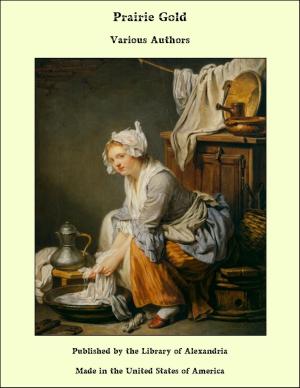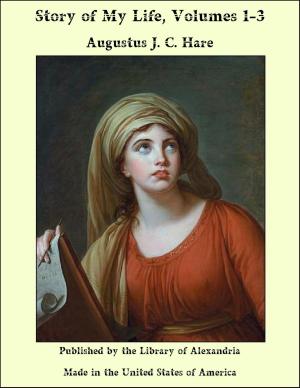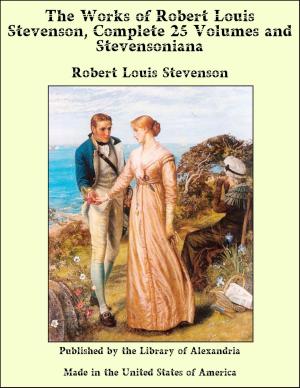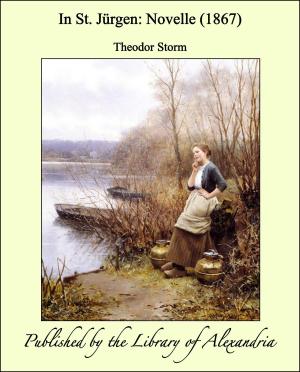Famous Houses and Literary Shrines of London
Nonfiction, Religion & Spirituality, New Age, History, Fiction & Literature| Author: | A. St. John Adcock | ISBN: | 9781465597663 |
| Publisher: | Library of Alexandria | Publication: | March 8, 2015 |
| Imprint: | Language: | English |
| Author: | A. St. John Adcock |
| ISBN: | 9781465597663 |
| Publisher: | Library of Alexandria |
| Publication: | March 8, 2015 |
| Imprint: | |
| Language: | English |
You cannot stir the ground of London anywhere but straightway it flowers into romance. Read the inscriptions on the crumbling tombs of our early merchant princes and adventurers in some of the old City churches, and it glimmers upon you that if ever the history of London’s commercial rise and progress gets adequately written it will read like a series of stories out of the Arabian Nights. Think what dashing and magnificent figures, what tales of dark plottings, fierce warfare, and glorious heroisms must brighten and darken the pages of any political history of London; and even more glamorous, more intensely and humanly alive, would be a social history of London, beginning perhaps in those days of the fourteenth century when Langland was living in Cornhill and writing hisVision of Piers Plowman, or farther back still, in Richard the First’s time, when that fine spirit, the first of English demagogues, William Fitzosbert, was haranguing the folkmoot in St. Paul’s Churchyard, urging them to resist the tyrannic taxations of the Lord Mayor and his Court of wealthy Aldermen—a passion for justice that brought him into such danger that he and certain of his friends had to seek sanctuary, and barricaded themselves in Bow Church. The church was fired by order of a bishop who had no sympathy with reformers, and Fitzosbert and his friends, breaking out through the flames, were stabbed and struck down in Cheapside, hustled to the Tower, hastily tried and sentenced, dragged out by the heels through the streets, and hanged at Smithfield. I have always thought this would make a good, live starting-point, and had I but world enough and time I would sooner write that history than anything else. No need to hunt after topics when you are writing about London; they come to you. The air is full of them. The very names of the streets are cabalistic words. Once you know London, myriads of great spirits may be called from the vasty deep by sight or sound of such names as Fleet Street, Strand, Whitehall, Drury Lane, The Temple, Newgate Street, Aldersgate, Lombard Street, Cloth Fair, Paternoster Row, Holborn, Bishopsgate, and a hundred others. You have only to walk into Whitefriars Street and see “Hanging-sword Alley” inscribed on the wall of a court at the top of a narrow flight of steps, and all Alsatia rises again around you, as Ilion rose like a mist to the music of Apollo’s playing. Loiter along Cornhill in the right mood and Thomas Archer’s house shall rebuild itself for you at the corner of Pope’s Head Alley, where he started the first English newspaper in 1603, and you will wonder why nobody writes a full history of London journalism.
You cannot stir the ground of London anywhere but straightway it flowers into romance. Read the inscriptions on the crumbling tombs of our early merchant princes and adventurers in some of the old City churches, and it glimmers upon you that if ever the history of London’s commercial rise and progress gets adequately written it will read like a series of stories out of the Arabian Nights. Think what dashing and magnificent figures, what tales of dark plottings, fierce warfare, and glorious heroisms must brighten and darken the pages of any political history of London; and even more glamorous, more intensely and humanly alive, would be a social history of London, beginning perhaps in those days of the fourteenth century when Langland was living in Cornhill and writing hisVision of Piers Plowman, or farther back still, in Richard the First’s time, when that fine spirit, the first of English demagogues, William Fitzosbert, was haranguing the folkmoot in St. Paul’s Churchyard, urging them to resist the tyrannic taxations of the Lord Mayor and his Court of wealthy Aldermen—a passion for justice that brought him into such danger that he and certain of his friends had to seek sanctuary, and barricaded themselves in Bow Church. The church was fired by order of a bishop who had no sympathy with reformers, and Fitzosbert and his friends, breaking out through the flames, were stabbed and struck down in Cheapside, hustled to the Tower, hastily tried and sentenced, dragged out by the heels through the streets, and hanged at Smithfield. I have always thought this would make a good, live starting-point, and had I but world enough and time I would sooner write that history than anything else. No need to hunt after topics when you are writing about London; they come to you. The air is full of them. The very names of the streets are cabalistic words. Once you know London, myriads of great spirits may be called from the vasty deep by sight or sound of such names as Fleet Street, Strand, Whitehall, Drury Lane, The Temple, Newgate Street, Aldersgate, Lombard Street, Cloth Fair, Paternoster Row, Holborn, Bishopsgate, and a hundred others. You have only to walk into Whitefriars Street and see “Hanging-sword Alley” inscribed on the wall of a court at the top of a narrow flight of steps, and all Alsatia rises again around you, as Ilion rose like a mist to the music of Apollo’s playing. Loiter along Cornhill in the right mood and Thomas Archer’s house shall rebuild itself for you at the corner of Pope’s Head Alley, where he started the first English newspaper in 1603, and you will wonder why nobody writes a full history of London journalism.
